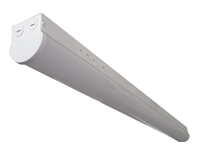About Strip Lights
Strip lights are linear fixtures that can be used in many applications, thanks to their compact design and multiple installation options. They are available in many sizes, typically from 1 to 8 feet long. Strip lights are also characterized by their small width and height - they can be easily installed in narrow places, both on ceilings and walls, and even the underside of wall cabinets.
Since strip lights can be installed on multiple surfaces, they are very useful for work areas in commercial and industrial buildings. These fixtures are often used in locations like storage rooms, utility rooms, aisles and display cases. Strip lights are also common in homes, especially in areas where manual tasks are carried out, such as garages and laundry rooms.

Linear strip lights normally use fluorescent tubes, LED tubes, or integrated LEDs that are part of the fixture. The fluorescent or LED tubes in strip lights are normally exposed without diffusers, which means they can be easily replaced. Both lamp types can provide excellent lighting, but LED is the best option by far: you can expect energy savings of over 40% with linear LED strip lighting, and the service life is 2-3 times longer.
Types of Strip Lights
There is a wide variety of strip lights available, and they can be used in multiple applications. Strip lights can be classified by length, lamp type, mounting type and application:
-
Length: The most common strip light sizes are 1’, 2’, 3’, 4’ and 8’.
-
Lamp type: Fluorescent tubes, equivalent LED tubes, or built-in LEDs
-
Mounting type: Ceiling, wall, under-cabinet, or suspended from chains
-
Application: Industrial or commercial strip lighting
What Are the Benefits of Using LED Strip Lights?

As mentioned above, LED strip lights have a superior efficiency and service life, compared with their fluorescent counterparts. However, the also offer the following benefits:
-
LED strip lights have a small footprint, which means they can be installed in locations with limited space.
-
They have a typical color temperature of 4000K-5000K, which means their light has a neutral white tone that is ideal for work environments. Strip lights are also useful in retail and grocery stores, especially when displaying products that need additional lighting.
-
LED strip lights are safer than fluorescent lights, and there are two main reasons for this. Fluorescent tubes get very hot, which means they can cause burns if touched accidentally - consider that strip lights are often installed within reach. Fluorescent tubes can also break upon impact, releasing glass shards and small amounts of mercury. Both of these issues are eliminated with LED strip lights.
How To Install LED Strip Lights
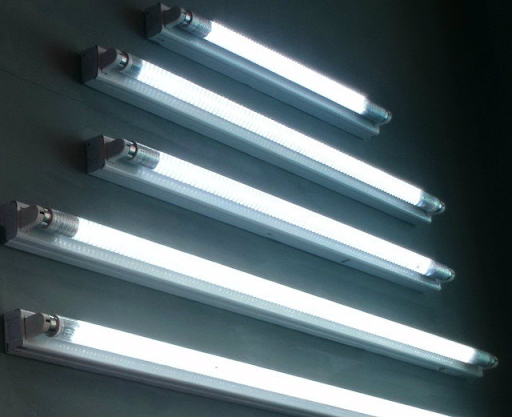 LED strip lights can be installed on many surfaces and used in any orientation. For example, you can install them on walls - vertically, horizontally or even diagonally - and this will not affect their performance. In other words, you are not limited to ceiling LED strip lights
LED strip lights can be installed on many surfaces and used in any orientation. For example, you can install them on walls - vertically, horizontally or even diagonally - and this will not affect their performance. In other words, you are not limited to ceiling LED strip lights
The following are some common mounting options when installing LED strip lights:
-
Surface mounting with anchor screws.
-
Chain mounting with V-hooks, similar to how LED shop lights are installed.
-
T-bar clip mounting, used for commercial LED strip lights on grid ceilings.
Strip lights normally have knockout connections for electrical conduit, which are used for wiring. Like many other fixture types, strip lights can be operated by manual switches or automatic lighting controls.
The installation procedure is very similar for strip lights with fluorescent and LED tubes:
-
In both cases, you will need adequate lampholders for the tubes.
-
Fluorescent tubes and some types of LED tubes will also need a ballast. However, there are LED tubes designed for direct connection to the power supply, and the ballast is not necessary in these cases.
-
Strip lights with built-in LEDs don’t have tubes, and you must follow the specific installation instructions provided by the manufacturer.
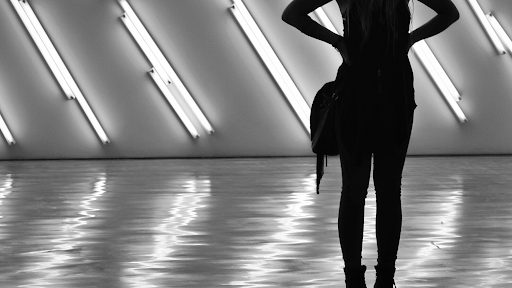 Thanks to their small footprint and multiple installation options, LED strip lights are among the most adaptable fixtures. You can install them directly on almost any surface, you can suspend them with chains, and you can attach them directly to grid ceilings with special clips.
Thanks to their small footprint and multiple installation options, LED strip lights are among the most adaptable fixtures. You can install them directly on almost any surface, you can suspend them with chains, and you can attach them directly to grid ceilings with special clips.
Strip lights are also very useful when you have work areas below cabinets - they can be installed on the underside, and the corresponding switch can be installed within reach. LED strip lights are the best option for this application, since they are close to the work area and accidental contact is very likely. A fluorescent tube can cause a burn, but not an LED strip light.
How Are Strip Lights Different From Shop Lights?
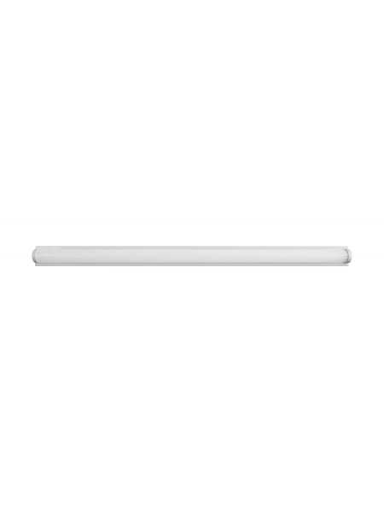
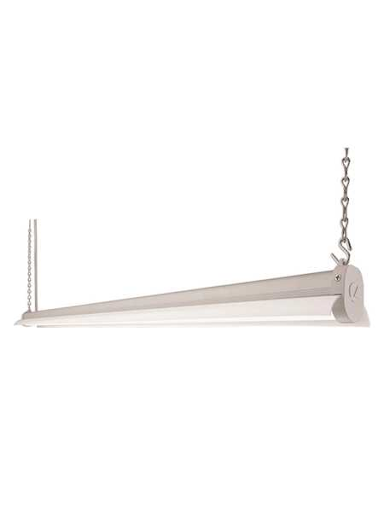 Strip lights have many similarities with shop lights, and for this reason they are sometimes confused:
Strip lights have many similarities with shop lights, and for this reason they are sometimes confused:
-
Strip lights and shop lights both have a linear design, and they even use the same lamp types: fluorescent tubes, LED tubes and built-in LEDs.
-
They have similar applications in commercial and industrial buildings, and both are popular as garage lighting options for homes.
-
Both fixture types can be suspended from chains.
However, there is an important difference between strip lights and shop lights.
-
Shop lights are designed to be mobile, and they normally include a power cord and chain switch.
-
On the other hand, strip lights are designed for a fixed installation, and they are wired directly to electrical circuits and external switches.
A shop light can be easily disconnected and moved. On the other hand, uninstalling and rewiring strip lights involves more work, since they are designed to remain in place.








